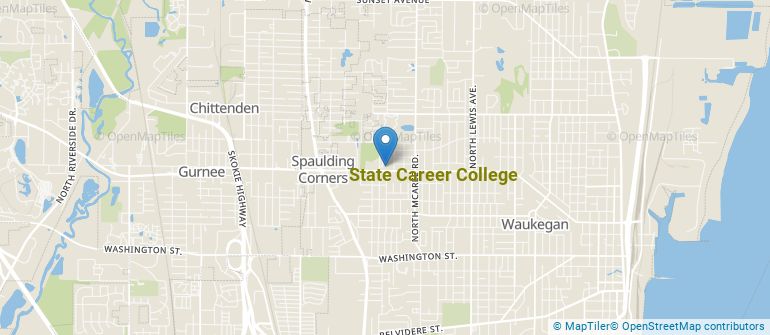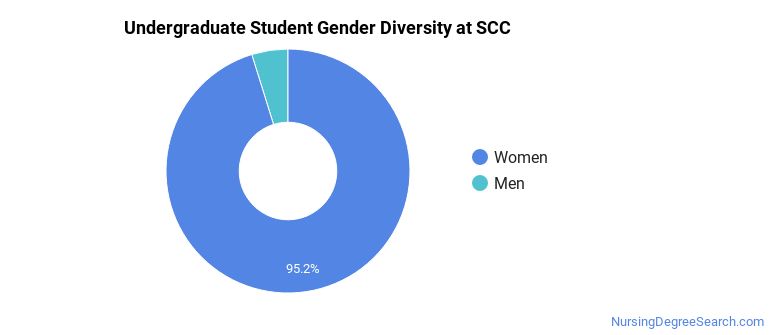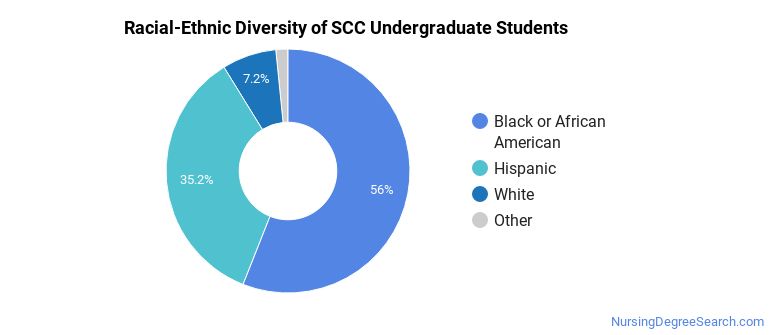State Career College Nursing Programs
Located in Gurnee, Illinois, State Career College is a private for-profit institution. The suburban atmosphere of Gurnee makes it a great place for students who want the amenities of city life without actually living in the middle of a constant hustle and bustle.
Where Is State Career College?

Contact details for SCC are given below.
| Contact Details | |
|---|---|
| Address: | 3575 Grand Avenue Suite C - 1,2,3, Gurnee, IL 60061 |
| Phone: | 847-693-3838 |
| Website: | www.statecareercollege.edu |
How Do I Get Into SCC?
You can apply to SCC online at: www.statecareercollege.edu/
Can I Afford State Career College?
Student Loan Debt
While almost two-thirds of students nationwide take out loans to pay for college, the percentage may be quite different for the school you plan on attending. At SCC, approximately 78% of students took out student loans averaging $7,824 a year. That adds up to $31,296 over four years for those students.
State Career College Undergraduate Student Diversity
Gender Diversity
Of the 125 full-time undergraduates at SCC, 5% are male and 95% are female.

Racial-Ethnic Diversity
The racial-ethnic breakdown of State Career College students is as follows.

| Race/Ethnicity | Number of Grads |
|---|---|
| Asian | 1 |
| Black or African American | 70 |
| Hispanic or Latino | 44 |
| White | 9 |
| International Students | 0 |
| Other Races/Ethnicities | 1 |
State Career College Nursing Concentrations
The table below shows the number of awards for each concentration.
| Major | Undergraduate Certificate | TOTAL |
|---|---|---|
| Other Practical Nursing, Vocational Nursing and Nursing Assistants | 5 | 5 |
| TOTAL | 5 | 5 |
References
*The racial-ethnic minorities count is calculated by taking the total number of students and subtracting white students, international students, and students whose race/ethnicity was unknown. This number is then divided by the total number of students at the school to obtain the racial-ethnic minorities percentage.
More about our data sources and methodologies.
